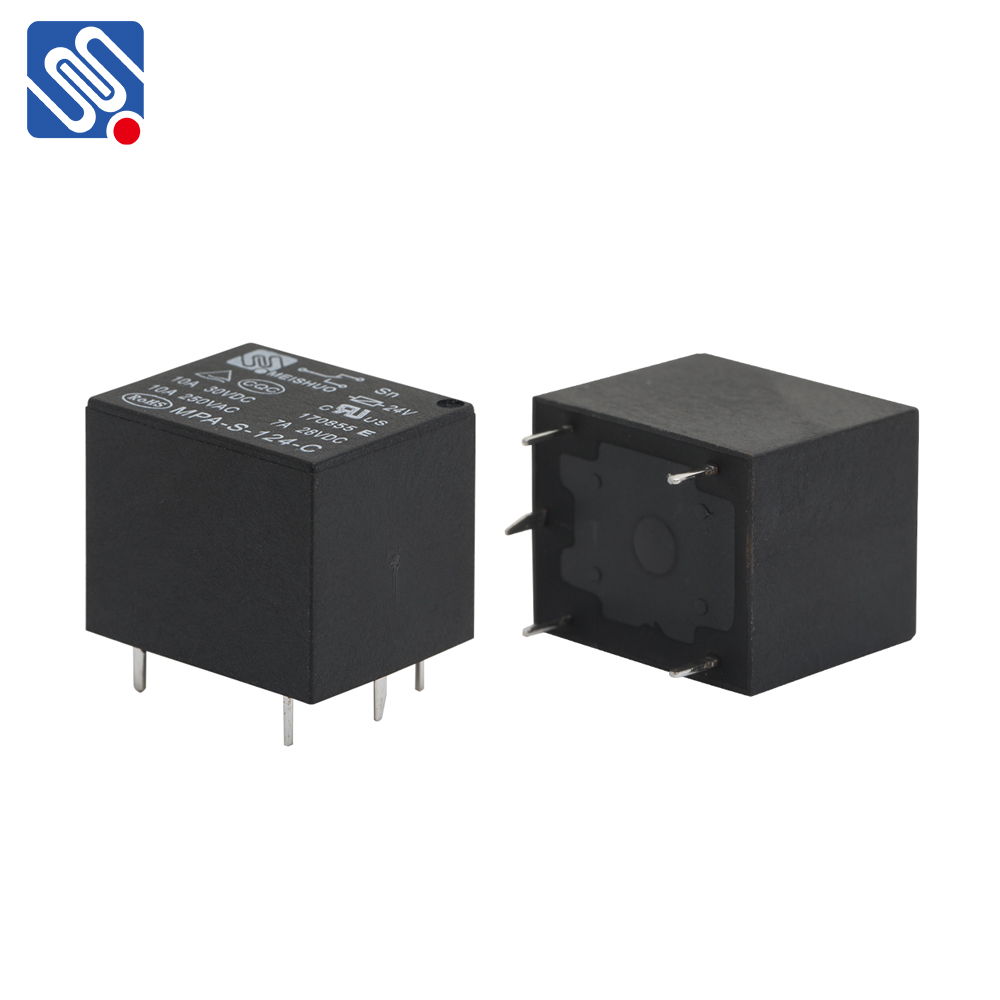Relays are an essential component in the world of electrical circuits, acting as switches to control larger loads with smaller control voltages. Among the many types of relays, the 12 volt relay stands out as one of the most common and widely used in both automotive and electronic systems. This article delves into the structure, function, and applications of the 12 volt relay, shedding light on why it is a crucial component in various industries.

What is a 12 Volt Relay? A 12 volt relay is an electromechanical switch that uses a 12V direct current (DC) to control a higher-power circuit. The relay consists of a coil, an armature, and several electrical contacts. When a 12V DC is applied to the relay coil, it creates a magnetic field that activates the armature and causes the contacts to either open or close, depending on the relay type. This switching mechanism allows a low-power circuit to control the flow of electricity in a higher-power circuit, providing electrical isolation and protecting sensitive components. Components of a 12 Volt Relay